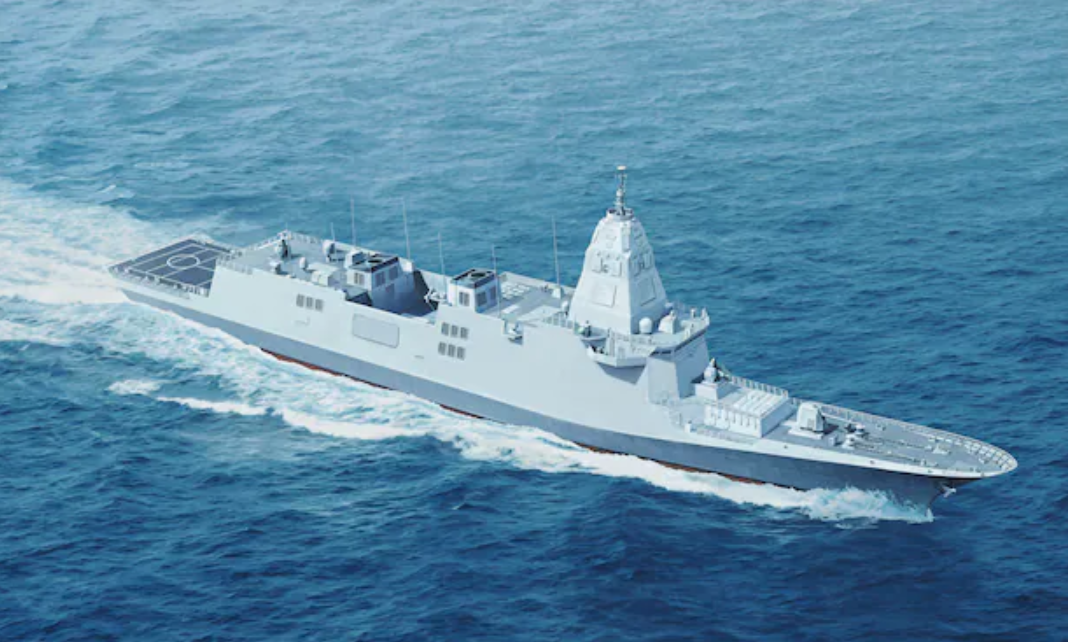The Korean Next-Generation Destroyer (KDDX) project, valued at 7.8 trillion won (US$5.552 billion), considered a core technology for the South Korean military, has stalled again. The conflict between Hyundai Heavy Industries and Hanwha Ocean over the project has intensified and entered a protracted phase.

South Korean media reports indicate that the Defense Acquisition Program Administration (DAPA) had originally planned to finalize the contractor selection method for the KDDX project during a mid-September meeting of the Project Management Subcommittee. However, two days prior to the meeting, DAPA announced via press release that it was withdrawing the relevant proposal. The official reason given was that “further deliberation is required on the mutually beneficial cooperation plan.”
The KDDX project plans to construct and deploy six 6,000-ton class destroyers by 2030, utilizing entirely domestically developed Korean technology from hull to weapon systems. Upon completion, South Korea will become the sixth nation globally to achieve full indigenous production of destroyers.
The project advances in phases: concept design, basic design, detailed design, first vessel construction, and construction of subsequent vessels. The concept design was completed in 2012 by Daewoo Shipbuilding & Marine Engineering (now Hanwha Ocean), while Hyundai Heavy Industries finalized the basic design by the end of 2023.
In December 2023, South Korea’s DAPA began selecting contractors for the detailed design and construction of the first vessel under the KDDX program, with plans to complete the process in 2024. However, due to conflicting interests between the two major shipbuilding giants, HD Hyundai Heavy Industries and Hanwha Ocean, the project has been delayed by nearly two years.
HD Hyundai Heavy Industries and Hanwha Ocean disagreed over the contract. HD Hyundai Heavy Industries argued that, according to customary practice, the company that completed the basic design should proceed to undertake detailed design and construction of the first vessel, pushing for a direct contract. Hanwha Ocean countered that, given HD Hyundai Heavy Industries’ past penalties for leaking military secrets, a competitive bidding process should be adopted to ensure fairness and transparency.
To resolve the disagreement, the DAPA proposed a “mutually beneficial cooperation plan”: while signing an agreement with HD Hyundai Heavy Industries, it would allow Hanwha Ocean to participate in certain detailed design phases and continued to persuade both parties to accept this proposal. However, Hanwha Ocean never endorsed this plan, and some members of the project management subcommittee also deemed the “mutually beneficial cooperation plan inadequate.” Consequently, the KDDX project once again stalled.
The KDDX project, which had been expected to reach a negotiated outcome, has been shelved once again, heightening concerns within South Korea’s defense industry that it may negatively impact overseas projects. Currently, Hanwha Ocean and HD Hyundai Heavy Industries are participating as a consortium in Canada’s 60 trillion won (approximately US$42.7 billion) submarine project.


